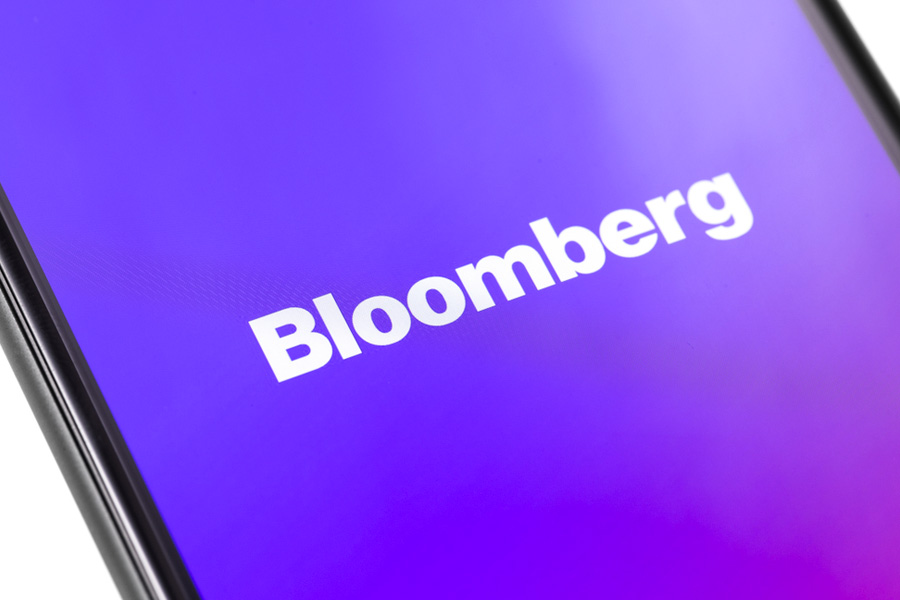Leading players in the automobile industry plan to launch a range of electric vehicles in 2022.
Tata Motors was the first to start off the block with its Tigor and Nexon EVs. The Hyundai Kona, the MG ZS and the luxury segment brought up the rear of the EV portfolio available in India.
Most manufacturers have already announced their line-ups in the coming years including Hyundai, Renault, Tata Motors, Mahindra, BMW, Mercedes and Volvo.
“Leading the EV front, we have made tremendous progress with over 75 per cent market share and further mainstreamed EVs with the launch of the Tigor EV in the passenger EV segment and the XPRES-T EV for the fleet segment,” said a Tata Motors spokesperson.
“Looking ahead, we expect the demand for passenger
ICE and electric vehicles to remain strong even as concerns about the supply of semiconductors and high input costs continue alongside the uncertainties connected with the Omicron variant,” he added.
However, Maruti Suzuki India Limited is yet to announce a line-up of EVs even though it reconfirmed that it was working on an EV.
MSIL chairman R.C. Bhargava has gone on record saying that the company is not interested in selling a few thousand units only but would like to sell 10,000 units a month whenever it enters the electric mobility space.
“There is a general consensus that environment-friendly vehicles will be the order of the day, that will be the trend. But when that inflection point will come when EV sales will overtake ICE sales that are yet to be ascertained. The path to battery EVs is through hybrids or CNG,” said Shashank Srivastava, senior executive director, marketing and sales, MSIL.
According to analysts, there will be eight to 10 per cent EV penetration by 2030. If passenger vehicle sales in 2030 reaches 70 million, then 63 million ICE vehicles will still be sold.
“These vehicles need to be more fuel efficient, more environment-friendly and hybrids and CNG vehicles will precisely do that,” explained Srivastava.
Talking of the inflection point where EV sales will surpass ICE sales, Srivastava pointed out for that to happen the cost of acquisition of EV has to come down.
“The battery cost that includes the battery chemistry and battery cell technology make it difficult to price EVs competitively.”
Penetration of EVs in Europe is six per cent whereas that of hybrids is 15 per cent,” he pointed out.
Besides, the cost of manufacturing an EV powertrain stands at $16,000 whereas that of ICE is $9,000 dollars, Srivastava said.
So for the inflection point to come for EV transformation, the battery technology and charging infrastructure need to be revolutionised.











